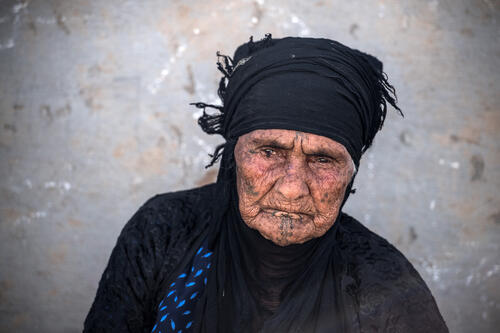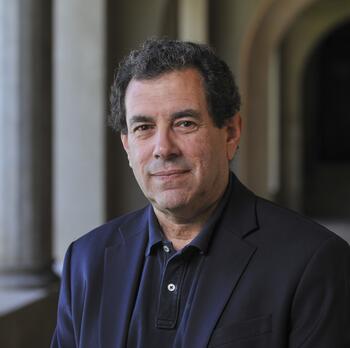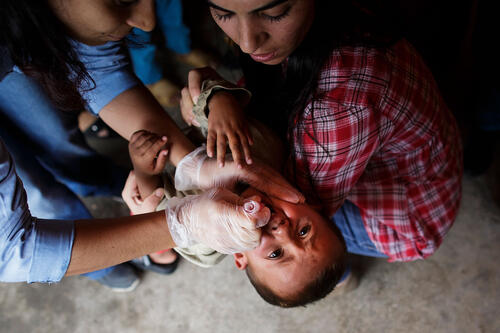Regional Powers and Nuclear Force Development: Explaining India’s Nuclear Submarine Program
Abstract: This research investigates why and how regional nuclear powers come to develop specific kind of nuclear delivery systems, especially a submarine-based ballistic missile (SSBN) force. In the second nuclear age, as new nuclear states develop sophisticated delivery systems including SSBNs, understanding the logic and process of their nuclear force development is essential for both regional and international security. The origins and development process of India’s nuclear submarine program suggests that nuclear force development is a historically contingent process. This data-driven research, based on newly declassified archival documents from the Indian archives and extensive oral history interviews, refutes teleological narratives that either argue for technological determinism or the need for projecting nuclear deterrence as the primary causal variables. By situating India’s nuclear submarine program in the organizational routines of its nuclear scientific bureaucracy, bureaucratic politics of its military-scientific complex and the military socialization of the Indian Navy, this research explains India’s most secretive military-scientific programs. This comprehensive empirical research, currently based on a single case study, also addresses an important theoretical question in the field of international security studies: why states develop specific kinds of weapon systems, including those for nuclear weapons delivery?
Speaker bio: Prior to joining CISAC as a Nuclear Security Postdoctoral Fellow, Yogesh Joshi was an Associate Fellow in the Strategic Studies Program at the Observer Research Foundation, New Delhi. He recently received his PhD from Jawaharlal Nehru University specializing in Indian foreign and security policy.
At CISAC, Yogesh is finishing a book manuscript on the history of India's nuclear submarine program. His research traces the origins, process and development of India's nuclear submarine program using multi-archival sources and extensive oral history interviews. Yogesh’s data-driven research posits that India’s nuclear submarine program was riddled with shifting motivations, ambivalent rationales and halting progress. Rather than being driven by a single coherent strategic plan, India stumbled upon a submarine-based nuclear deterrent. By situating the nuclear submarine program in India’s Cold War security policy, its nuclear policy, its naval strategy in the Indian Ocean, the bureaucratic politics of its military-scientific complex and its quest for technological prestige, this research is an attempt to understand path-dependency in one of India’s most secretive military-scientific programs. It not only has implications for explaining India's nuclear program and policy but also provides an avenue to explain the process of decision-making behind state's pursuance of specific kinds of nuclear delivery systems. This research is supported by the MacArthur foundation.
He has held fellowships at George Washington University, King’s College London and Carnegie Endowment for International Peace, Washington DC. His research has appeared or is under review in Asian Security, International History Review, International Affairs, Survival, US Naval War College Review, Comparative Strategy, Harvard Asia Quarterly, India Review, Asia Policy, Journal of Asian Security and International Affairs, War on the Rocks, World Politics Review and The Diplomat. He has co-authored two books: The US ‘Pivot’ and Indian Foreign Policy: Asia's Emerging Balance of Power (Palgrave Macmillan, 2015) and India in Nuclear Asia: Regional Forces, Perceptions and Policies (Orient Blackswan (South Asia), forthcoming 2018; also forthcoming in fall 2018 by Georgetown University Press for the rest of the world). A short introduction on India’s Nuclear Policy was recently commissioned by Oxford University Press and has been accepted for publication in 2018. A monograph titled 'India’s Evolving Nuclear Force and Implications for U.S. Strategy in the Asia-Pacific' was published by the Strategic Studies Institute, US Army War College in 2016.
Yogesh Joshi
Prior to joining CISAC as a Nuclear Security Postdoctoral Fellow, Yogesh Joshi was an Associate Fellow in the Strategic Studies Program at the Observer Research Foundation, New Delhi. He recently received his PhD from Jawaharlal Nehru University specializing in Indian foreign and security policy.
At CISAC, Yogesh is finishing a book manuscript on the history of India's nuclear submarine program. His research traces the origins, process, and development of India's nuclear submarine program using multi-archival sources and extensive oral history interviews. Yogesh’s data-driven research posits that India’s nuclear submarine program was riddled with shifting motivations, ambivalent rationales and halting progress. Rather than being driven by a single coherent strategic plan, India stumbled upon a submarine-based nuclear deterrent. By situating the nuclear submarine program in India’s Cold War security policy, its nuclear policy, its naval strategy in the Indian Ocean, the bureaucratic politics of its military-scientific complex and its quest for technological prestige, this research is an attempt to understand path-dependency in one of India’s most secretive military-scientific programs. It not only has implications for explaining India's nuclear program and policy but also provides an avenue to explain the process of decision-making behind state's pursuance of specific kinds of nuclear delivery systems. This research is supported by the Stanton Foundation.
He has held fellowships at George Washington University, King’s College London and Carnegie Endowment for International Peace, Washington DC. His research has appeared or is forthcoming in Diplomacy and Statecraft, Asian Security, International History Review, International Affairs, Survival, US Naval War College Review, Comparative Strategy, Harvard Asia Quarterly, India Review, Asia Policy, Journal of Asian Security and International Affairs, War on the Rocks, World Politics Review and The Diplomat. He has co-authored two books: The US ‘Pivot’ and Indian Foreign Policy: Asia's Emerging Balance of Power (Basingstoke: Palgrave Macmillan, 2015) and India and Nuclear Asia: Forces, Doctrines and Dangers (Washington DC: Georgetown University Press, 2018). A short introduction to India’s Nuclear Policy was recently published by Oxford University Press.







